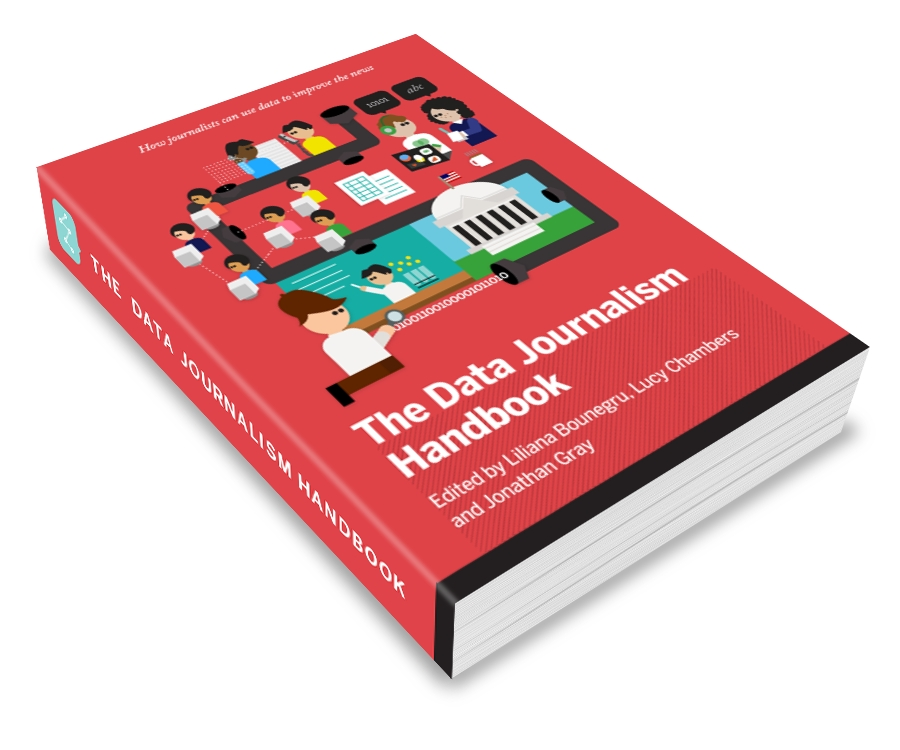A Rookie Guide to Tableau Public: Getting Started in the Community
You're getting started on Tableau Public? This post is for you! (Note for French readers: Cet article existe en version française ici.)
A month ago, I had the honor of joining the Tableau Public team, a gang of cool and knowledgeable vizzers based in Seattle, London, and Frankfurt. And with me as a new member, Paris is now covered.
Since I started, I've been working hard to figure out what are the secrets of my team mates Jewel, Sophie, Dash, Florian, Andrew, and Ben. They have kindly shared their thoughts, experience and best resources to bring me up to speed, and I'm now sharing this knowledge with you too, in 4 simple steps.
Find Your Data
The first problem every wannabe vizzer is facing is where to find exciting data? Working on the French market, I have bookmarked a long list of open data platforms from the national Data.gouv.fr to the various regional and local initiatives all over the country such as Open PACA, or Open Data Paris. I'm also monitoring publication of new datasets thanks to RSS feeds and email alerts from these platforms.
You can kick-off your hunt for open data by checking this list of 1600+ Open Data portals around the world.

Yet, the data you want might not be readily available. In many cases, you will have to build your own database by scraping the web, in which case, you will need to discover scraping tools.
Know Your Tools
For scraping webpages and whole websites, there is myriad of platforms, ranging from the simple ImportHTML formula in Google spreadsheets and the Chrome Web Scraper extension to more elaborate tools such as Outwit Hub or Import.io. And if you have no idea what a scraper is, go have a look at this guest post by Import.io's Alex Gimson from a few months ago.

Also, make the most of Web Data Connectors (a.k.a. WDC), which allow you to import data from web platforms directly into Tableau. Self-declared "Tableau Junkie" Alex Ross created a Twitter WDC, and another half dozen have been listed in Ben's September article about the launch of Tableau Public 9.1, which also explains how to use WDCs in Tableau Public.
Meet Your Peers
Option 1. Literally go out and meet other passionate vizzers with whom you can share your ideas and projects. Meetup and Tableau User Groups around you are a good place to start. Lucky me got introduced to French Tableau Zen Master Jonathan Trajkovic.
Option 2. Start following the blogs of influential professors or journalists in the domain of data visualization and go stalk them on social media. Need names of dataviz gurus? Here are just a few: Edward Tufte, Alberto Cairo, or our very own Andy Cotgreave. From one follow to the next, your Twitter will soon be loaded with dataviz addicts.
Option 3. Register to a MOOC on data visualization or data journalism, such as Doing Journalism with Data by Data Driven Journalism and the European Journalism Center, or Introduction to Infographics and Data Visualization by the Knight Center for Journalism in the Americas. You will meet like-minded learners and discover that there is a vast bibliography on the topic of data analysis and visualization, such as this crowdsourced Data Journalism Handbook.

By exchanging with the community, you will most likely be aware of the latest tools, amazing infographics or latest trick to pimp your viz. You will also notice that master vizzers love giving advice on dos and don'ts to newbies! Here is a compilation of Best Practices from veterans collected and compiled by Dan Montgomery.
Share Your Work
Create your first vizzes, publish them on Tableau Public, share the URL link with friends and get the attention of the community by posting on Facebook and Twitter. You've probably spent a few hours from data collection, cleaning, analyzing and visualizing to publishing, so make sure these precious hours of work don't go to waste. By sharing your vizzes, you'll see what works best to captivate your audience, you will build a network of advisors and admirers, and your growing portfolio will be all the more impressive as your viewership increases.









